Election race patterns

With respect to the recent senatorial race, I’m sticking to my position (see “Three types of election surveys,” 5/17/25), that there must have been some modification in voter preferences between the final Social Weather Stations (SWS) survey of May 2-6 and election day itself, May 12, that caused three of our final “magic 12” to slip below the winning border, and a counterpart three, not far below the border, to clear the fence.
I maintain that: a. the senatorial outcomes were not radically different; and b. one week is enough time for changes to happen. For me, venturing into explanations can wait until new research delves into the matter.
All of this assumes that the Commission on Election (Comelec) counts are basically correct. As far as I know, from a contact at the National Citizens’ Movement for Free Elections, there is no report yet from the random manual audit that is supposed to accompany the election exercise.
Sampling cannot be an issue for the “surprise” outcome. Although voter preferences do differ by age group, there’s absolutely no way that an age distribution can change in a single week. Thus, I see no cause for SWS to revise its sampling methodology.
SWS does not stratify by age; it has no quotas for the young, mature, middle-aged, or old. It takes whoever it gets by the random procedure. Our one quirk is that we alternately draw male and female respondents in the field, which forces their ratio to be exactly 50:50.
In the projects commissioned to SWS, there were relatively few surprises. For the 2025 election, SWS was commissioned to do confidential surveys that involved over 150 races for the posts of congressional representative, provincial governor and vice governor, and city/town mayor and vice mayor. (The survey locations and candidates may not be identified without the sponsors’ permission.) A single provincial survey can score the races for several elective positions, together with public opinion data on relevant matters, at the same time. The latter are more important than the scores.
SWS did anywhere from one to four survey rounds about a specific race. An election campaign would need at least two rounds, a “before” and an “after,” to assess the effect of any action taken to sway the voters one way or another, or of any fortuitous event that occurred after the first round. A sponsor normally wants to see the results from one round before deciding whether to do another one.
The first round might even be before the campaign period; some were in 2024. over six months ago. Comparing only the final preelection survey round with the Comelec count of the election outcome, I can say that over three-fourths of the survey leaders also wound up as election winners; these are the ones I call nonsurprises.
This means that less than one-fourth of the winners were catch-ups, or underdogs, as of the final survey round. They would be like basketball teams that win the game, even though behind at the start of the fourth quarter—or, more precisely, they were behind at the last time that we took score.
What I found most interesting is that several leading candidates for vice governor, as well as for vice mayor, were not the teammates of the corresponding leading candidates for governor and for mayor. It seems that many Filipino voters choose their votes for the two races separately, and just expect the winners to cooperate with each other even though coming from different parties. (After all, we have often had a president and a vice president from different parties!)
I don’t know the sponsors of these surveys. Usually they are not candidates themselves, though probably they support some candidates. By law, their identities should be disclosed, in case of public release of the survey results. SWS’ role is to confirm that what the sponsors release is authentic. (See www.sws.org.ph for cases when election surveys were released.)
Regardless of the sponsors’ actions, by our internal rules as a nonstock, nonprofit scientific organization, the original data are all archived, and become open for further research not later than three years after project completion. By then, it will not be so much the scores of the election race, as the accompanying public opinion data, that will be important for understanding our history.
Dr Mahar Mangahas is a multi-awarded scholar for his pioneering work in public opinion research in the Philippines and in South East Asia. He founded the now familiar entity, “Social Weather Stations” (SWS) which has been doing public opinion research since 1985 and which has become increasingly influential, nay indispensable, in the conduct of Philippine political life and policy. SWS has been serving the country and policymakers as an independent and timely source of pertinent and credible data on Philippine economic, social and political landscape.




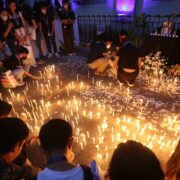
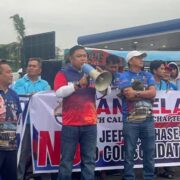





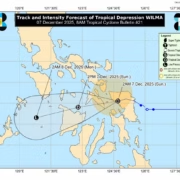




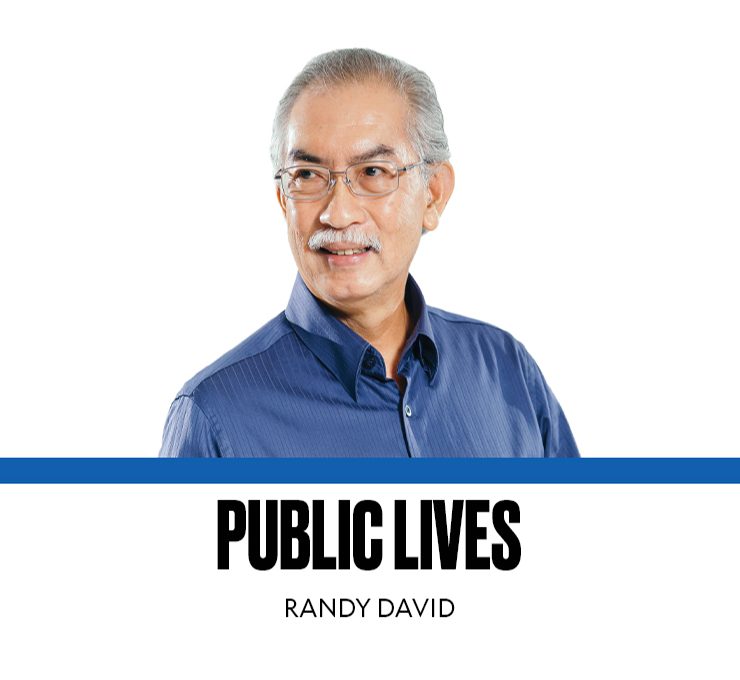
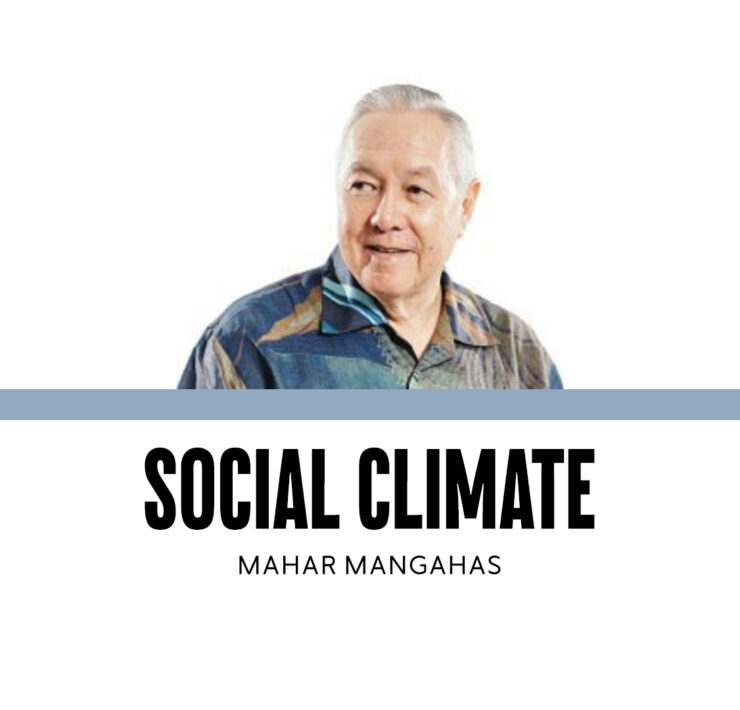
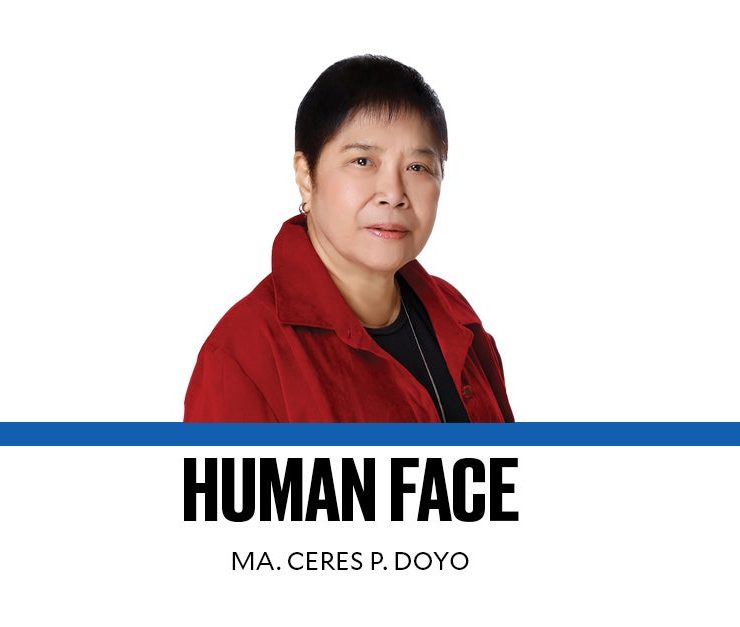


My short stay on Limasawa Island